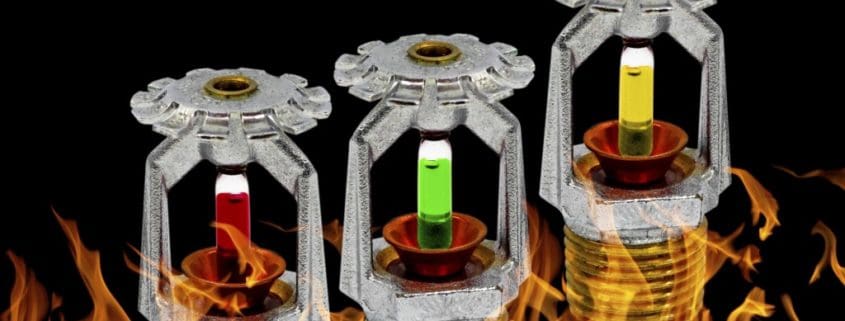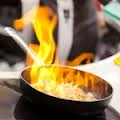When it comes to protecting your home from fire, it is important that you consider a suppression system custom-tailored to your particular home. Fire suppression systems are determined by federal, state, or local codes – laws which dictate certain suppression requirements depending on the type of materials and nature of the environment. And one area where technology is ahead of standards is in the energy storage space. Residential and commercial battery units often contain powerful batteries, and in many cases can pose a fire risk that can be addressed with a custom designed suppression system.
Fire safety standards exist for small scale lithium-ion batteries – such as those in phones and laptops – but fires in these components are very rare: many are designed such that they fail in safe ways, resulting in fire rates of approximately one in every 10 million devices. Larger battery systems, such as Tesla’s Powerwall home battery, are much newer, and fewer standards regulating both their manufacturing and operational suppression systems exist. While Tesla is known to test these units internally in order to understand their behavior in case of fire, many fire departments have little experience with these units, and no standards exist for suppression requirements in residential spaces.
Buyers considering such devices – either in residential or commercial spaces – may consider contacting a suppression firm for expert consultation. In spaces with other installed suppression systems, the suppression system designer should consider whether or not the type of suppression is appropriate for the chemical battery – in some cases, a wet suppression system may be less ideal than a dry system. Owners in residential spaces, or spaces without installed suppression systems, can consult a suppression profession to determine if suppression systems are recommended.
For more information about custom suppression systems, call CJ Suppression at 888-821-2334 or visit the website at www.cjsuppression.com.
CJ Suppression proudly serves Corona, CA and all surrounding areas.





